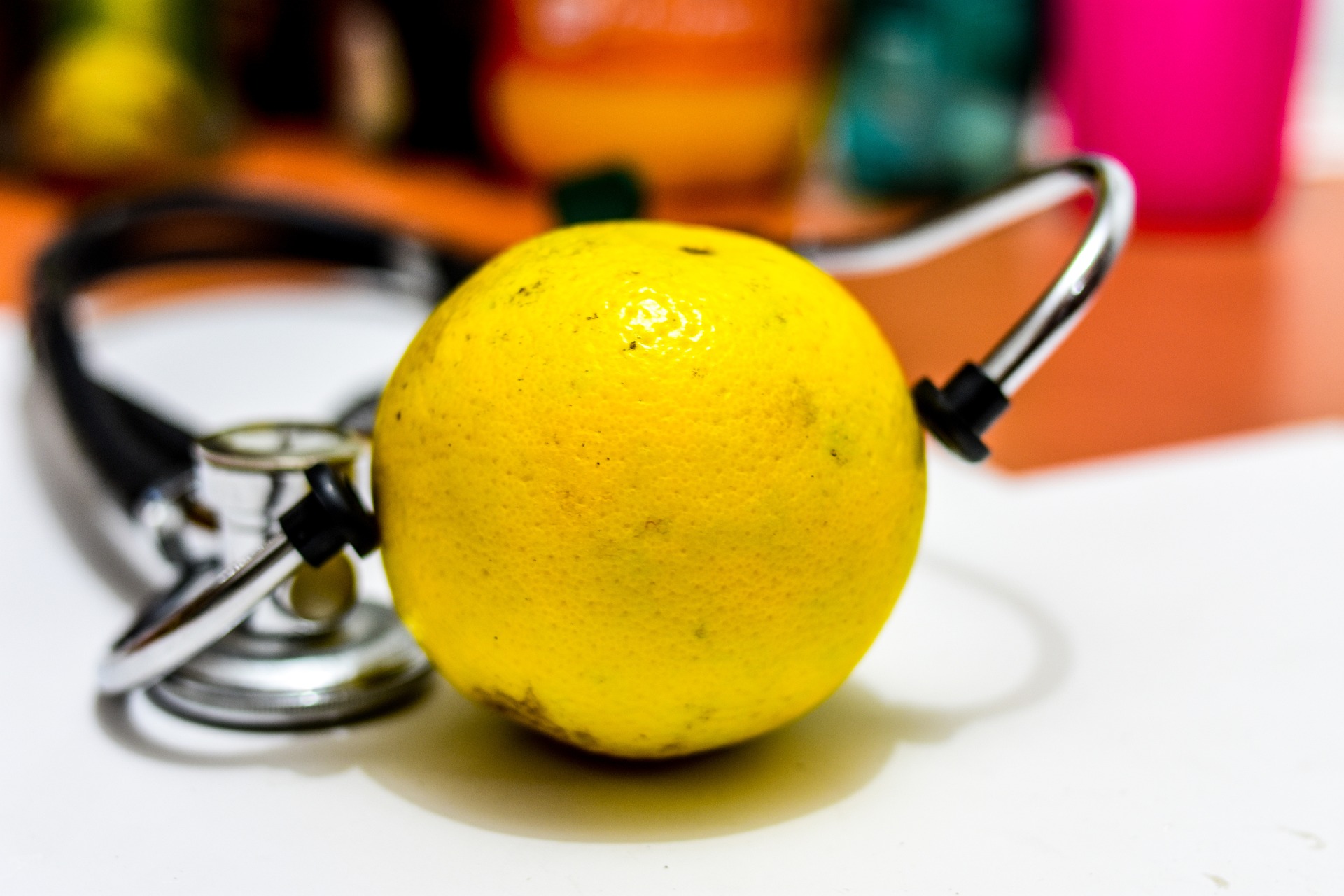Laser Skin Treatment: Complete Guide to Modern Face Procedures
Laser skin treatment has become one of the most sought-after cosmetic procedures for addressing various skin concerns, from wrinkles and age spots to acne scars and uneven skin tone. This advanced face treatment technology uses focused light beams to target specific skin issues, promoting natural healing and rejuvenation. With various laser types available and different treatment options, understanding the process, benefits, and associated costs can help individuals make informed decisions about their skincare journey.

What Types of Face Treatment Options Are Available?
Modern laser technology offers several face treatment approaches, each designed for specific skin concerns. Ablative lasers remove the outer layers of skin, making them effective for deep wrinkles, significant sun damage, and pronounced scars. These treatments typically require longer recovery periods but deliver dramatic results. Non-ablative lasers work beneath the skin’s surface without removing tissue, making them suitable for mild to moderate skin issues with minimal downtime.
Fractional laser treatments create microscopic treatment zones, leaving surrounding tissue intact to speed healing. This approach combines effectiveness with reduced recovery time. IPL (Intense Pulsed Light) treatments, while technically not lasers, use broad-spectrum light to address pigmentation issues, broken capillaries, and overall skin texture improvement.
Understanding Laser Face Price Factors
The laser face price varies significantly based on multiple factors including treatment type, geographic location, clinic reputation, and individual skin needs. Fractional CO2 laser treatments typically range from 2,000 to 8,000 Turkish Lira per session, while gentler options like IPL may cost between 800 to 2,500 Turkish Lira. The number of required sessions also impacts overall costs, with most patients needing 3-6 treatments for optimal results.
Geographic location plays a crucial role in pricing, with metropolitan areas generally commanding higher fees than smaller cities. The practitioner’s experience and clinic facilities also influence costs, as specialized dermatology centers often charge premium rates for advanced equipment and expertise.
Face Laser Treatment Price Comparison and Considerations
When evaluating face laser treatment price options, several treatment categories emerge with distinct cost ranges. Resurfacing treatments for anti-aging purposes typically cost more than targeting specific issues like pigmentation or minor texture problems. Deep ablative treatments require higher initial investments but may need fewer sessions compared to gentler alternatives.
Package deals often provide better value than individual session pricing, though patients should ensure they’re committed to completing the full treatment course. Some clinics offer financing options or seasonal promotions, making treatments more accessible to broader audiences.
| Treatment Type | Provider Category | Sessions Needed | Cost Range (TL) |
|---|---|---|---|
| IPL Photofacial | Medical Spa | 4-6 | 800-2,500 per session |
| Fractional Laser | Dermatology Clinic | 3-5 | 2,000-5,000 per session |
| CO2 Resurfacing | Specialized Center | 1-3 | 4,000-8,000 per session |
| Nd:YAG Laser | General Clinic | 4-8 | 1,200-3,000 per session |
Prices, rates, or cost estimates mentioned in this article are based on the latest available information but may change over time. Independent research is advised before making financial decisions.
Preparing for Laser Skin Treatment
Proper preparation significantly impacts treatment success and reduces complication risks. Most practitioners recommend avoiding sun exposure for several weeks before treatment, as tanned or sunburned skin increases adverse reaction risks. Certain medications and skincare products containing retinoids, acids, or bleaching agents may need temporary discontinuation.
Pre-treatment consultations typically include skin analysis, medical history review, and realistic expectation discussions. Patients should disclose all medications, supplements, and previous cosmetic procedures. Some treatments require pre-conditioning with specific skincare regimens to optimize results and minimize side effects.
Recovery and Aftercare Expectations
Recovery experiences vary dramatically between laser types and individual healing responses. Ablative treatments often require 1-2 weeks of careful wound care, including gentle cleansing, prescribed ointments, and strict sun avoidance. Non-ablative treatments typically involve minimal downtime, though temporary redness and mild swelling are common.
Post-treatment skincare becomes crucial for optimal results and complication prevention. Most practitioners provide detailed aftercare instructions including specific cleansers, moisturizers, and sun protection requirements. Regular follow-up appointments help monitor healing progress and address any concerns promptly.
Choosing the Right Treatment Provider
Selecting qualified practitioners ensures both safety and treatment effectiveness. Board-certified dermatologists or plastic surgeons typically offer the highest expertise levels, though experienced aestheticians under medical supervision can also provide excellent results for certain treatment types. Researching provider credentials, reading patient reviews, and viewing before-and-after photos helps inform decision-making.
Consultation quality often reflects overall practice standards. Reputable providers conduct thorough skin assessments, discuss realistic expectations, explain potential risks, and never pressure patients into immediate decisions. They should also maintain current certifications and use FDA-approved equipment with proper safety protocols.
Laser skin treatments offer effective solutions for various skin concerns, though success depends on choosing appropriate treatment types, qualified providers, and following proper aftercare protocols. While costs vary significantly, investing in experienced practitioners and quality facilities often delivers better long-term value than seeking bargain alternatives.
This article is for informational purposes only and should not be considered medical advice. Please consult a qualified healthcare professional for personalized guidance and treatment.




